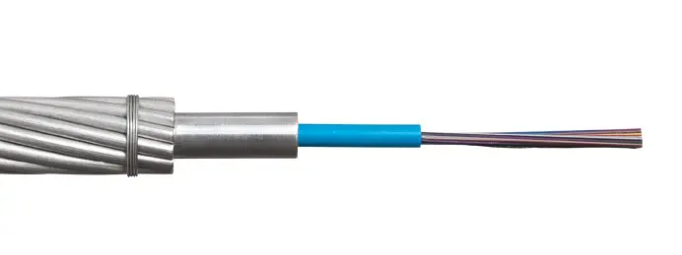
Generally, for the construction of optical fiber communication networks on the basis of transmission lines, optical cables are deployed within the ground wires of overhead high-voltage transmission lines. This is the application principle of OPGW optical cables. OPGW cables not only serve the purpose of grounding and communication but also play a crucial role in the transmission of high-voltage currents. If there are issues with the grounding methods of OPGW optical cables, their operational performance can be affected.
Firstly, during thunderstorm weather, OPGW optical cables might encounter problems like cable structure scattering or breakage due to lightning strikes on the ground wire, significantly reducing the service life of OPGW optical cables. Therefore, the application of OPGW optical cables must undergo strict grounding procedures. However, lacking knowledge and technical expertise in the operation and maintenance of OPGW cables make it challenging to fundamentally eliminate poor grounding issues. As a result, OPGW optical cables still face the threat of lightning strikes.
There are four common grounding methods for OPGW optical cables:
The first method involves grounding the OPGW optical cables tower by tower along with the diversion wires tower by tower.
The second method is grounding the OPGW optical cables tower by tower, while grounding the diversion wires at a single point.
The third method includes grounding the OPGW optical cables at a single point, along with grounding the diversion wires at a single point.
The fourth method involves insulating the entire OPGW optical cable line and grounding the diversion wires at a single point.
If both the OPGW optical cables and diversion wires adopt the tower-by-tower grounding method, the induced voltage on the ground wire will be lower, but the induced current and ground wire energy consumption will be higher.
Post time: Dec-29-2023

